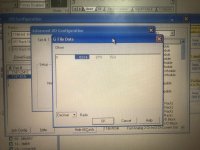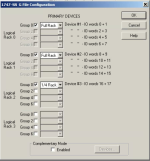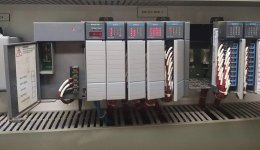SaadAlbehige
Member
Hello guys
Thank you all for your support.
I have completed re-writing a program as it was lost and no back up file found.
Now the three PLCs are on Run mode . Two of them are ESD redundancy, which are connected to RIO via adapter.
The two ESD PLCs have 1747BSN back up scanner. I tried to configure it until I reached G fiile they were displayed in decimal not structure mode as the RS logic is an old version.
I set it up randomly see the pic, it is on Run mode now, am afraid that it does not scan all the RIO on the program? Any one explain to me how to configure it properly. I would be so grateful.
Big thank you in advance

Thank you all for your support.
I have completed re-writing a program as it was lost and no back up file found.
Now the three PLCs are on Run mode . Two of them are ESD redundancy, which are connected to RIO via adapter.
The two ESD PLCs have 1747BSN back up scanner. I tried to configure it until I reached G fiile they were displayed in decimal not structure mode as the RS logic is an old version.
I set it up randomly see the pic, it is on Run mode now, am afraid that it does not scan all the RIO on the program? Any one explain to me how to configure it properly. I would be so grateful.
Big thank you in advance

Last edited:





